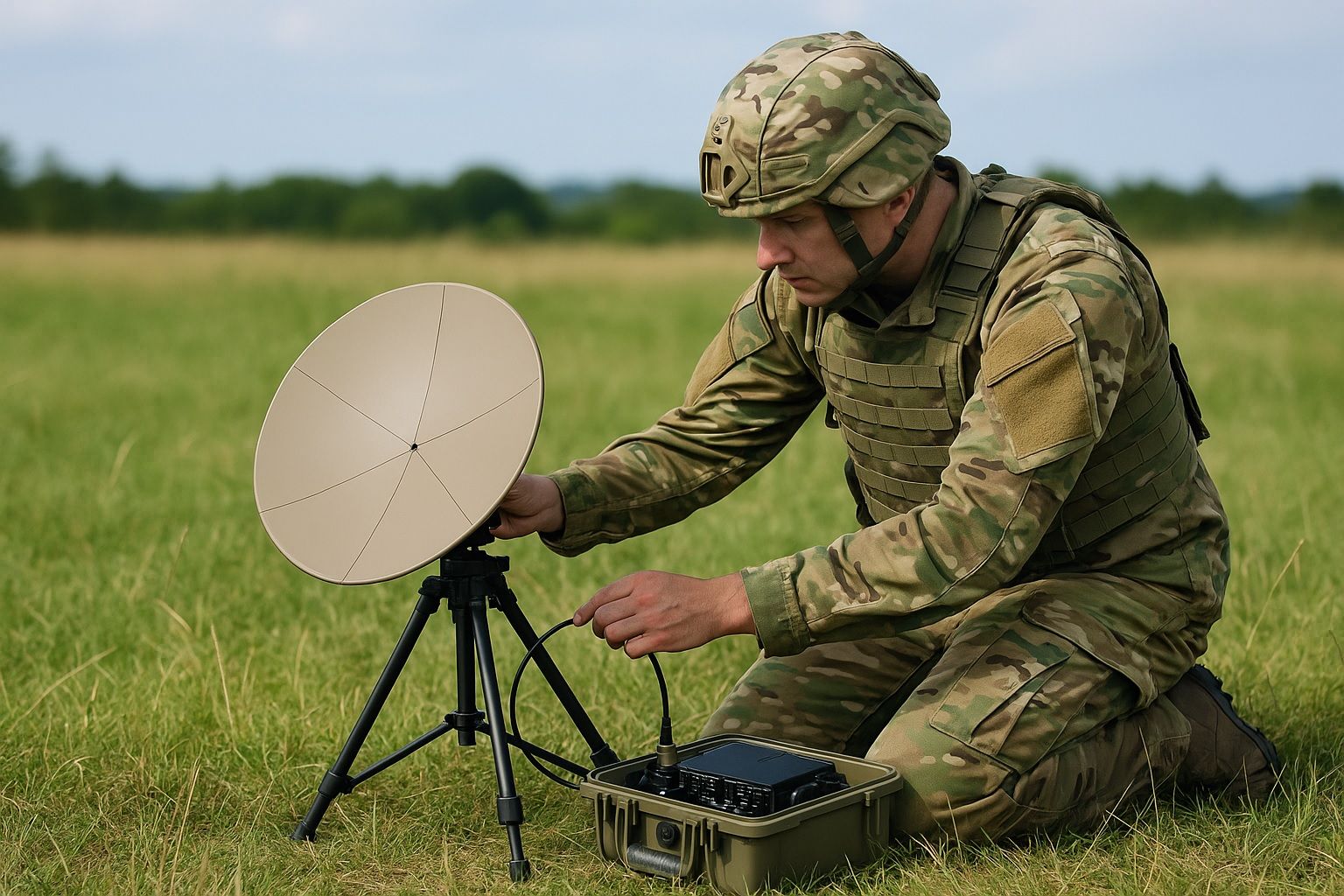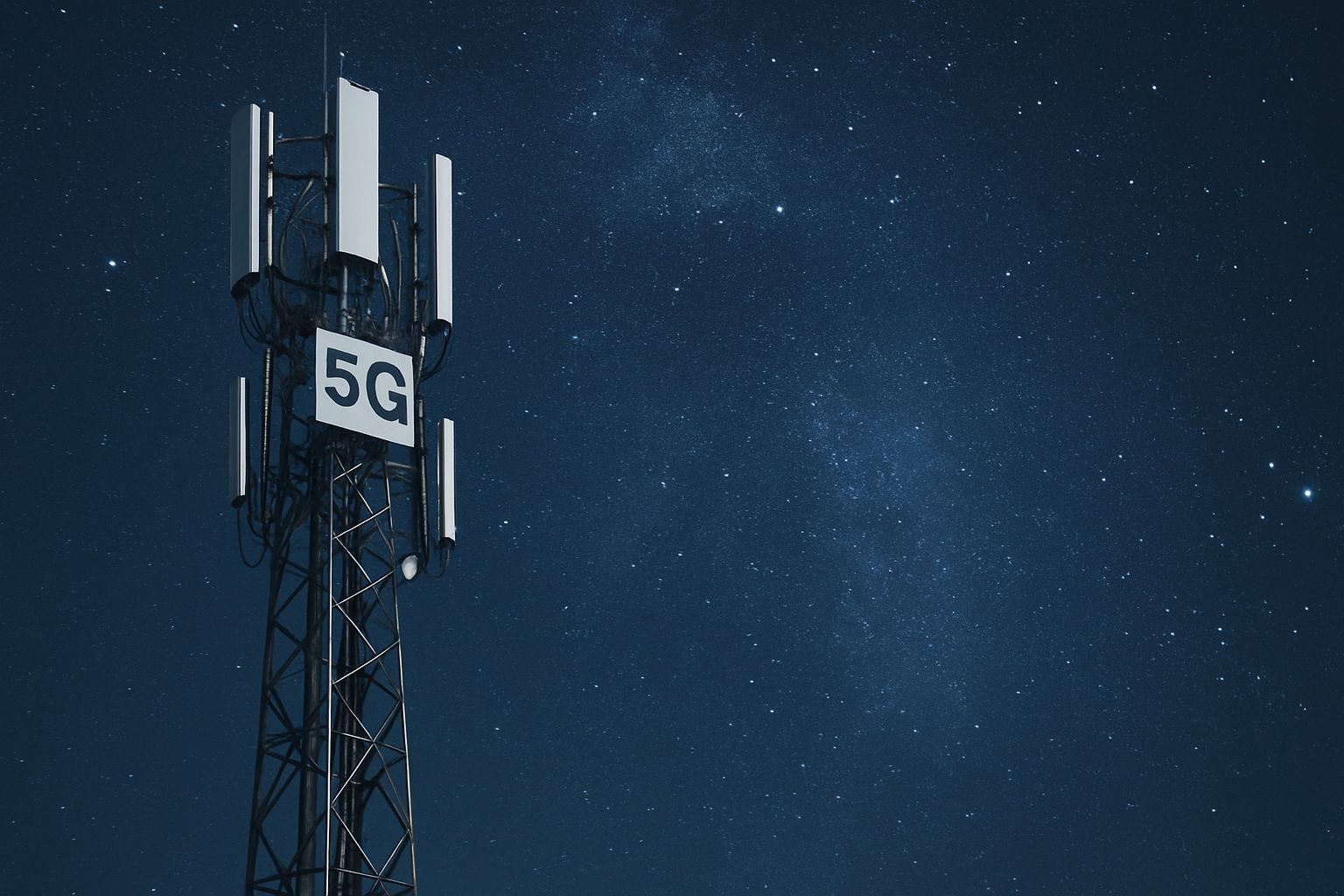
Satellite Internet Revolution: How SpaceX Starlink and Rivals Are Connecting the World from Space (2025–2030 Outlook)
As of mid-2025, SpaceX Starlink has deployed over 7,600 satellites—about 65% of all active satellites—reaching 4+ million subscribers by late 2024 and 5+ million by mid-2025 across more than 125 countries. Starlink offers 50–200+ Mbps speeds with 20–40 ms latency,










